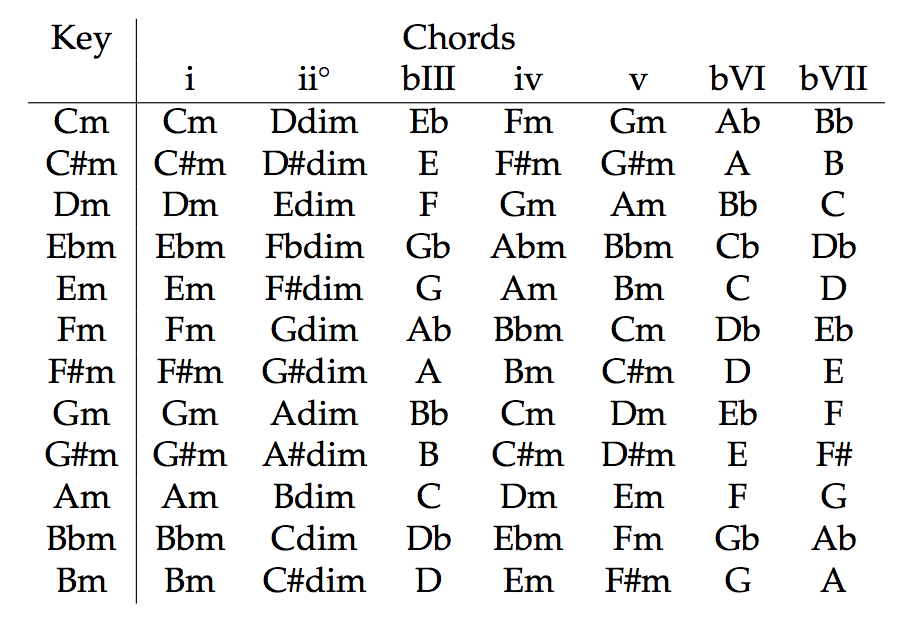Here’s another way to look at it:
Imagine the notes of C Major(Ionian, C, D, E, F, G, A, B) being on the dial-plate of a clock instead of the hours. Now it doesn’t matter where the hand of your clock starts and no matter how many times it goes around, it will always show the same notes, just as a “real” clock shows always the same 12 numbers. However, depending on where you start, the sequence, in which the notes (the “hours” of the day in our clock analogy) follow each other will be different, making each possible sequence (there are 7 possible in each key) unique. Imagine you have to do the same thing during a day (wake up, have a coffe, squat, have breakfast and shower, go to work blabla), but on each day of the week, you start at a different task: Monday you start with your evening beer, then wake up, then coffe, etc. Then on Tuesday, you begin with waking up, then coffee blabla. Then on Wednesday you start with squatting , then breakfast etcetc. I think we can agree, the each day would have a quite different and unique mood to it…  These differently arranged days would correspond to the modes. Same things, in different order creating a mood. I hope this answers one part of your question.
These differently arranged days would correspond to the modes. Same things, in different order creating a mood. I hope this answers one part of your question.
Now clarify the minor confusion!  First off: a note in itself is never minor or major
First off: a note in itself is never minor or major
A note is just a note. What makes it minor is the addition of a minor third, a perfect fifth and if we wish to go beyond the basic triad, you can add a minor seventh.
If you write out all the 7 possible note series in a key (eg.: C Major and build a series starting on C, then D, then E then F etc) and inspect the intervals relative to the starting note you’ll notice (hopefully) that even though each of the seven note series have their own unique unterval patterns, they have their similarities too.
You have three series/scales whose:
- third note is a major third away from their own starting note (“root”)
- fifth note is a perfect fifth away from their own startin note
These are all considered Major modes/scale. In the key of C Major, these scales are the ones that start on the 1st (C), 4th (F) and 5th (G) of your parent scale and are called Ionian (the same as your parent scale), Lydian and Mixolydian modes.
If you dig deeper, youl find that they are also unique in a way: compared to the parent Major(Ionian ) scale, the Lydian has a sharp fourth degree (in C Major/Ionian the 4th note of the scale (F) is a perfect 4th away from from the root (C), but in Lydian, the 4th degree (B) is an augmented fourth away from the root (F) ) and the Mixolydian has a minor seventh degree compared to the original Major/ Ionian.
Also, you will find 3 scales that have the following in common:
- third note is a minor third away from their own starting note (“root”)
- fifth note is a perfect fifth away from their own startin note
These scales are all considered to be minor and they can be constructed by starting a note sequence on the 2nd (D), 3rd (E) and 6th (A) degrees of the parent scale (in our example C Major/Ionian) and are called Dorian, Phrygian and Aeolian, respectively. What makes them unique? The Dorian has a major sixth between its root (D) and the 6th degree (B) (none of the other minor modes have this), the Phrygian has a minor second (between E and F) and the Aeolian is your natural minor scale with major2nd, minor 3rd, minor 6th and minor 7th.
The 7th mode you could construct from a single C Major scale is called the Locrian. It has a minor 2nd, a minor 3rd, a minor 7th. Based on this this could be a minor scale, right? But check out the 5th degree! It is a diminished 5th!
So if you were to decipher the mode being used, you are looking for these unique traits. Does this make sense? Or still not the answer you were looking for?

 So my answer is only true for A Aeolian, but not for A Dorian or A Phrygian…
So my answer is only true for A Aeolian, but not for A Dorian or A Phrygian…
